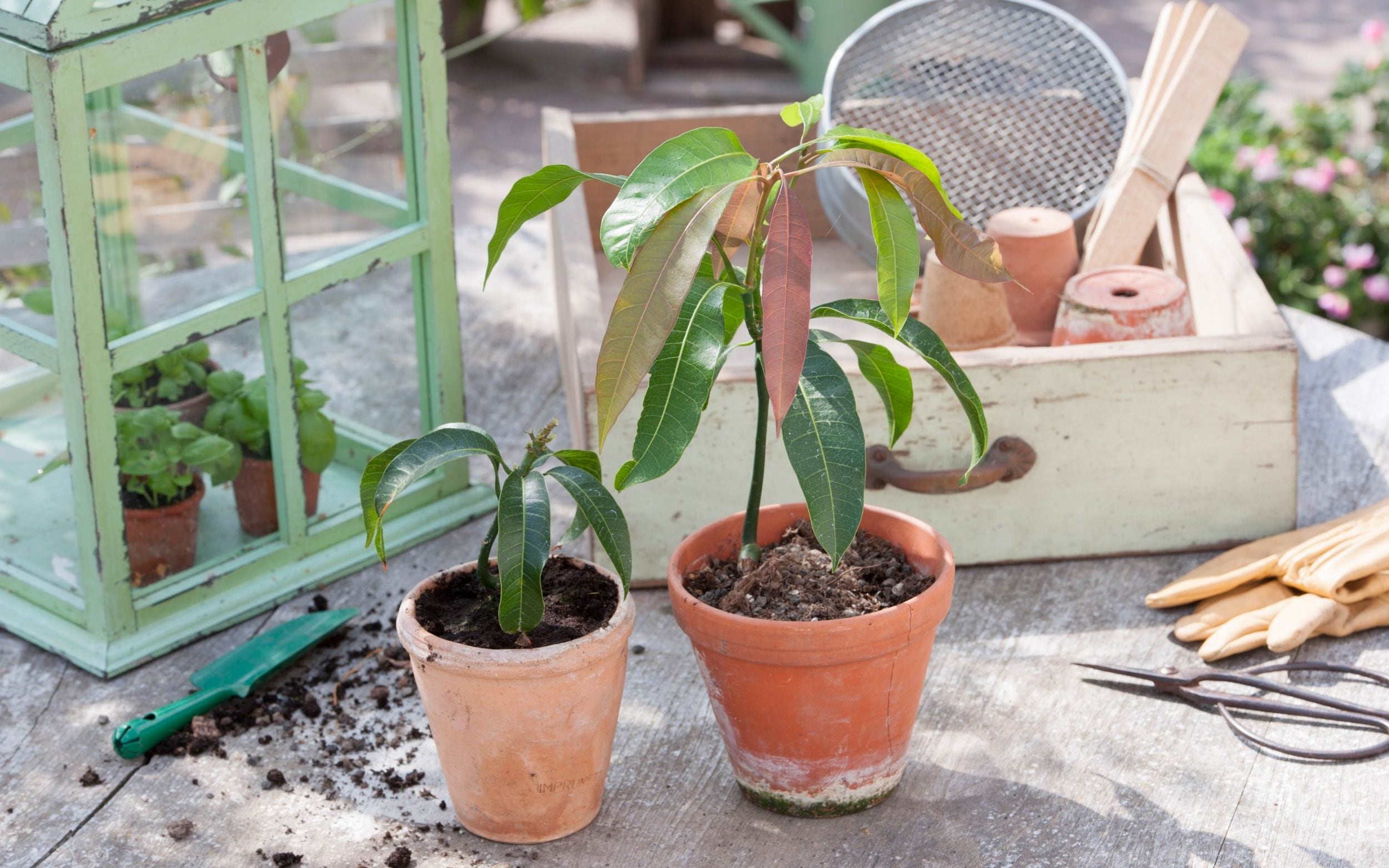Introduction: Embracing the Art of Mango Cultivation
Mangoes, with their succulent flesh and tropical aroma, are among the most beloved fruits worldwide. While purchasing mangoes from the store is convenient, there’s something truly special about growing your own. In this comprehensive guide, we’ll explore the art of growing mango seeds, from selecting the perfect seed to nurturing your tree to fruition. Whether you’re a seasoned gardener or a novice enthusiast, join us on this journey to cultivate your very own tropical delights.
Selecting the Perfect Mango Seed: Starting with Quality
The journey to growing your own mango tree begins with selecting the perfect seed. When choosing a mango seed, opt for one from a ripe, healthy fruit that’s free from blemishes or signs of decay. Keep in mind that not all mango seeds are viable for cultivation, so it’s best to select several seeds to increase your chances of success. Look for seeds that are plump, firm, and free from mold or rot, as these indicate optimal seed health.
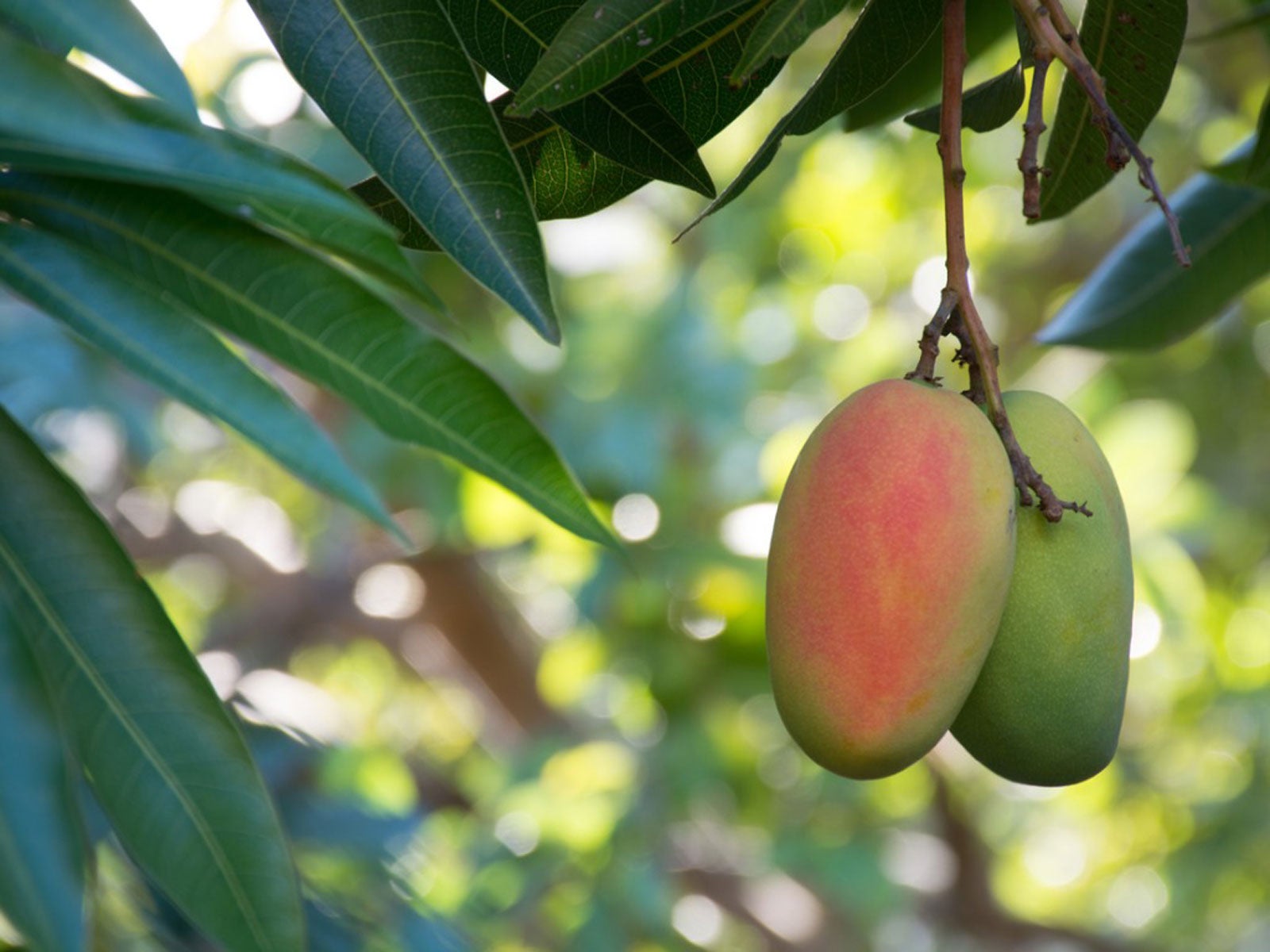
Preparing the Mango Seed for Planting: Removing the Husk
Before you can plant your mango seed, you’ll need to remove the husk surrounding it. This husk, also known as the “stone” or “pit,” is thick and woody, making it necessary to carefully extract the seed within. To do this, use a sharp knife to carefully score the husk around its circumference, taking care not to damage the seed inside. Once scored, gently pry apart the husk to reveal the mango seed within. Be patient and cautious to avoid injuring the seed during this process.
Germinating the Mango Seed: Encouraging Sprouting
With the husk removed, it’s time to prepare your mango seed for germination. Fill a small container with moist potting soil or a well-draining seed-starting mix, ensuring that it’s damp but not waterlogged. Place the mango seed horizontally in the soil, burying it halfway to encourage sprouting. Place the container in a warm, sunny location, such as a windowsill or greenhouse, where it will receive ample sunlight. Keep the soil consistently moist but not soggy, as excess water can lead to rot.
Caring for Young Mango Seedlings: Providing Optimal Conditions
As your mango seedling begins to emerge from the soil, it’s important to provide it with optimal growing conditions to ensure healthy development. Maintain a warm, humid environment, as mangoes thrive in tropical climates. If growing indoors, consider using a humidity tray or misting the foliage regularly to mimic the conditions of their native habitat. Additionally, provide ample sunlight, ensuring that your seedling receives at least six to eight hours of direct sunlight each day.
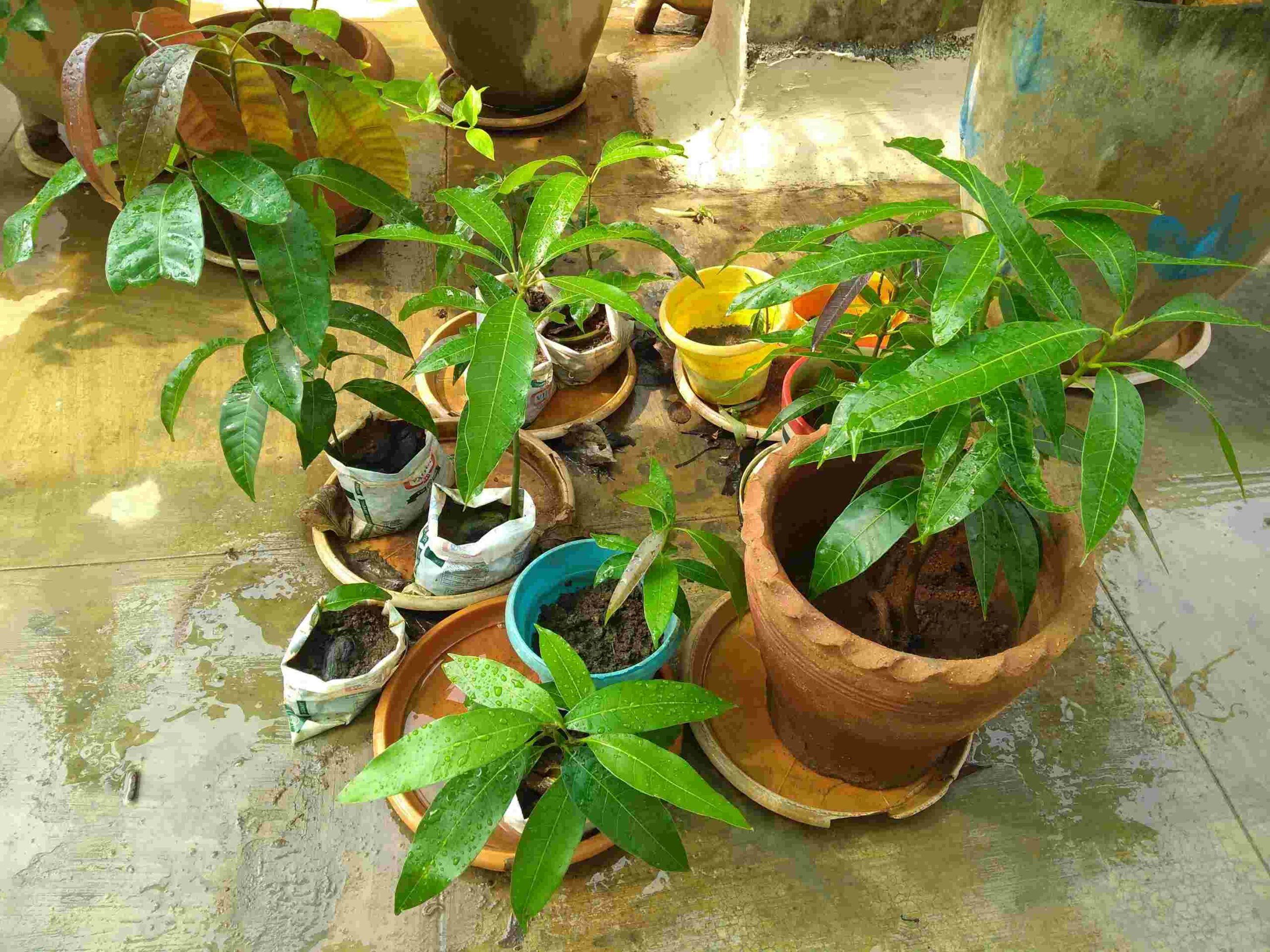
Transplanting Mango Seedlings: Moving to Larger Containers
As your mango seedling continues to grow, it will eventually outgrow its initial container and require transplanting to a larger pot. Choose a container that’s at least twice the size of the seedling’s root ball, ensuring that it has plenty of room to grow. Fill the new container with well-draining potting soil, then carefully transfer the seedling, taking care not to disturb its delicate roots. Water the newly transplanted seedling thoroughly, then place it in a sunny location and continue to provide care as before.
Pruning and Training Your Mango Tree: Shaping for Optimal Growth
As your mango tree matures, it’s important to prune and train it to encourage optimal growth and fruit production. Begin by removing any dead, diseased, or crossing branches to promote airflow and prevent pest infestations. Additionally, consider shaping your tree through selective pruning to encourage a strong, open canopy and facilitate easier harvesting. You can also train your mango tree to a central leader or open vase shape, depending on your space and preferences.

Fertilizing Mango Trees: Providing Nutrient Support
To ensure healthy growth and bountiful fruit production, it’s essential to fertilize your mango tree regularly. Choose a balanced fertilizer formulated specifically for fruit trees, and apply it according to the manufacturer’s instructions. Generally, you’ll want to fertilize your mango tree three to four times per year, starting in early spring and continuing through late summer. Avoid over-fertilizing, as this can lead to excessive vegetative growth at the expense of fruit production.
Pest and Disease Management: Protecting Your Harvest
Like all plants, mango trees are susceptible to pests and diseases that can threaten their health and productivity. Keep a close eye on your tree for signs of pests such as aphids, scales, or fruit flies, and take prompt action to address any infestations. Additionally, practice good sanitation by removing fallen leaves and fruit regularly to prevent the spread of disease. Consider using organic pest control methods whenever possible to minimize chemical exposure and protect beneficial insects.
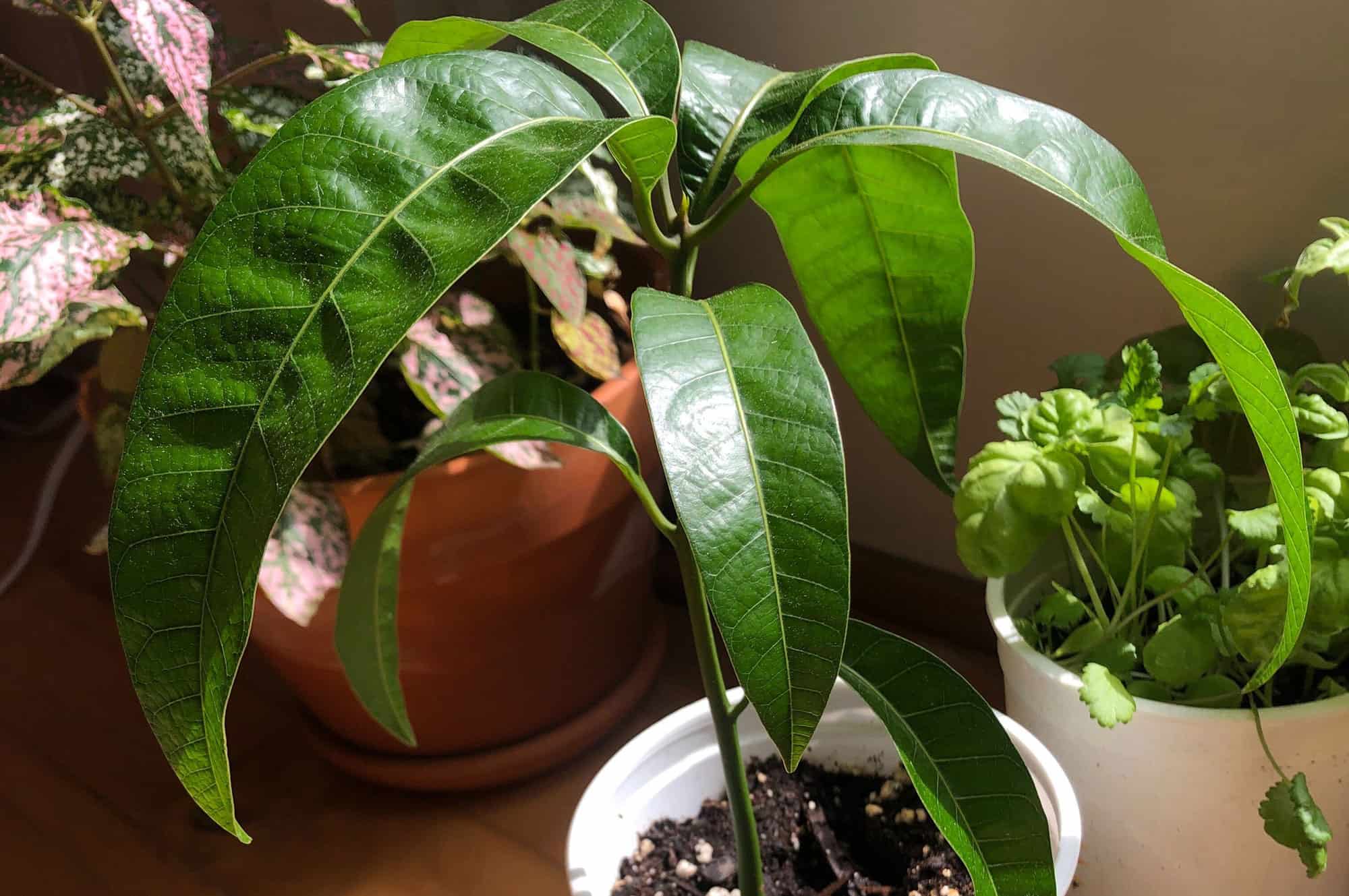
Harvesting and Enjoying Your Mangoes: The Fruits of Your Labor
After months of care and patience, the time will finally come to harvest your mangoes and enjoy the fruits of your labor. Mangoes typically ripen in late spring to early summer, depending on the variety and growing conditions. Harvest your mangoes when they reach their mature color and yield slightly to gentle pressure, indicating ripeness. Use a sharp knife to cut the fruit from the tree, taking care not to damage the surrounding branches or foliage. Then, savor the sweet, juicy flavor of your homegrown mangoes fresh or incorporate them into your favorite recipes for a taste of the tropics.
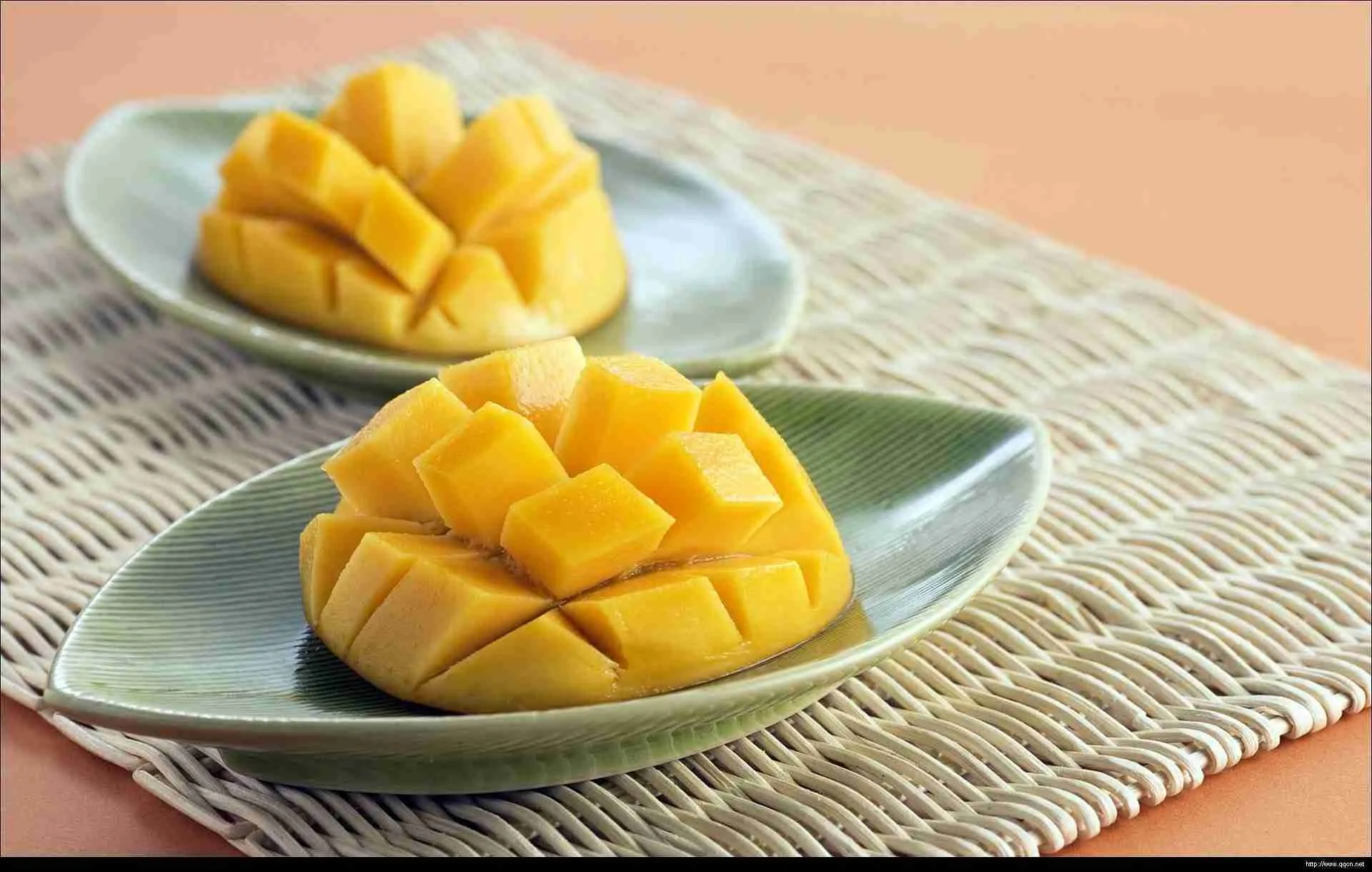
Expanding Your Mango Orchard: Scaling Up Production
For those with ample space and a passion for mango cultivation, expanding your orchard can be a rewarding endeavor. Whether you’re planting additional trees from seed or purchasing grafted saplings for accelerated growth, there are several factors to consider when scaling up production. Begin by selecting the optimal location for your new mango trees, ensuring they’ll receive plenty of sunlight and have access to well-draining soil. Consider spacing your trees according to their mature size, allowing ample room for growth and airflow between them.
Conclusion: Cultivating Mangoes with Care and Passion
In conclusion, growing mango seeds into thriving trees requires patience, care, and a deep appreciation for the art of cultivation. From selecting the perfect seed to nurturing your tree through each stage of growth, every step of the process is a labor of love. By providing optimal growing conditions, practicing regular maintenance, and protecting your tree from pests and diseases, you can enjoy the satisfaction of harvesting your own delicious mangoes year after year. So roll up your sleeves, dig in the dirt, and embark on the rewarding journey of growing mango seeds – your taste buds will thank you for it!
